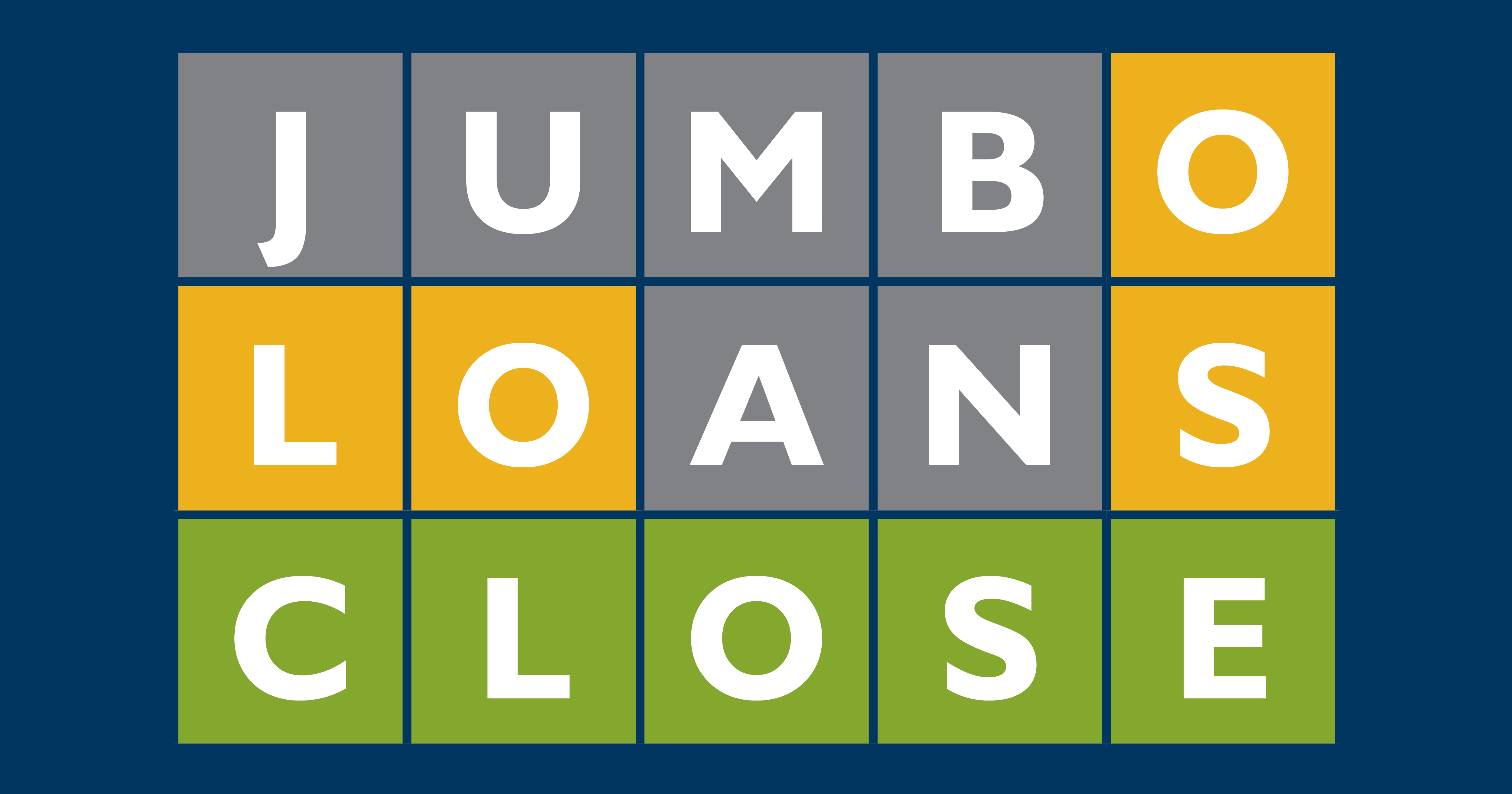Unless you don’t do social media or you pride yourself on being blissfully unaware of pop culture trends, you’ve heard of Wordle. It’s an online game where you have six chances to guess a randomly selected five-letter word. People everywhere are having fun with it, almost as much fun as they have when they’re buying a home (yes, it is fun when the right lender is handling the financing).
With any mortgage transaction, there is a lot of verbiage and terminology that might not be familiar to you. In the spirit of Wordle, here’s a glossary of some five-letter terms you could see over the course of your loan process:
LOANS
We’ll start with an obvious one. Mortgages are loans. Most people don’t have the liquid assets on hand to pay cash for something as pricey as a home, so they need a loan. That’s where we come in!
RATES
All mortgage loans have an interest rate attached to them. “Rates” is plural here because, well, it fits the theme of this article. More importantly, there can be several rates available based on the specific loan product you choose as well as other factors like your down payment, credit score, and more.
LOCKS
A mortgage lender applies locks to their borrowers’ interest rates after they are approved for financing. Mortgage rates fluctuate daily and sometimes hourly due to market conditions, so locks help prevent the rate on a particular loan from changing during the mortgage process.
CLOSE
This is the end of the line for all mortgage transactions. At your closing appointment, you’ll sign the final documentation and get the keys to the “locks” on your new home (see what we did there?).
HELOC
This is an acronym for “Home Equity Line of Credit.” A HELOC is a financing option that allows homeowners to access their equity (the amount of their home that they own versus the amount they owe on their mortgage) as a revolving source of funds, much like a credit card. If you’re buying your first home, this option can be available to you right away (if you have a large down payment) or in the future (after you’ve made several monthly payments).
PITIA
Speaking of monthly payments, this is another acronym for everything that comprises each payment. PITIA stands for “Principal, Interest, Taxes, Insurance, Association dues.” These are the things you must pay every month as a homeowner (many choose to use an escrow account to pay their taxes and insurance, and not all properties will have association dues).
IRRRL
Here’s yet another acronym that stands for “Interest Rate Reduction Refinance Loan.” This specific product is available to Military Veterans and can be used to refinance an existing VA loan to lower the interest rate.
RATIO
This word generally follows a three-letter acronym (DTI) which stands for “Debt-to-Income.” Your DTI ratio is the percentage of your gross monthly income that goes to paying your monthly debt payments. The lower your percentage, the better your chances of getting approved for a mortgage.
SCORE
This word generally follows “Credit” and is another element that factors into your likelihood of being approved for a home loan. Opposite of your DTI ratio, the higher your credit score, the better your chances of getting a mortgage approval.
JUMBO
This is the type of loan you’ll need if the amount you’re borrowing to buy a home exceeds the limit for a conventional conforming loan. The Federal Housing Finance Agency (FHFA) determines the limit; currently it is $647,200 for a single-family home in most areas of the country and up to $970,800 for high-cost areas where single-family home prices tend to be above average.
There are many more mortgage terms that aren’t five letters long, so be sure to ask a Homeowners Licensed Mortgage Professional if you come across any that are foreign to you. We’re always available to help, and feel free to use some of these terms in your next game of Wordle (except the acronyms; only proper words are allowed)!





